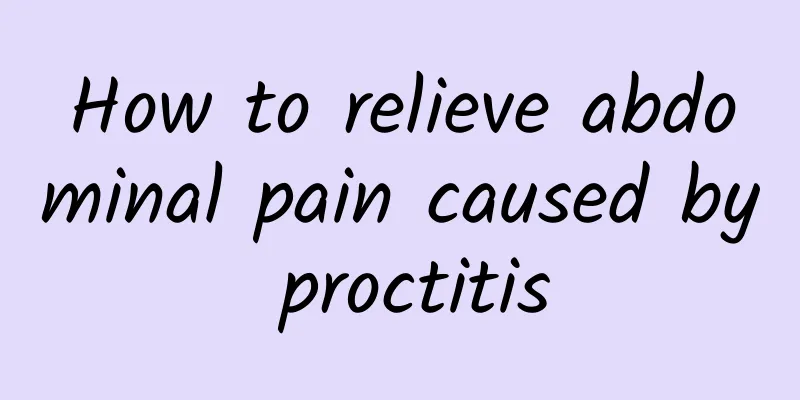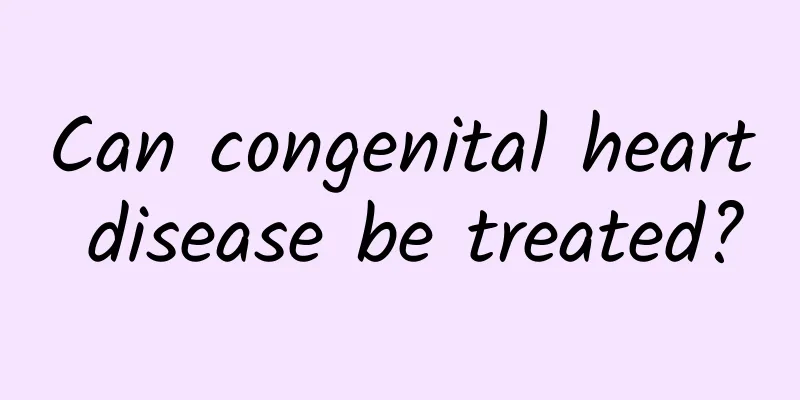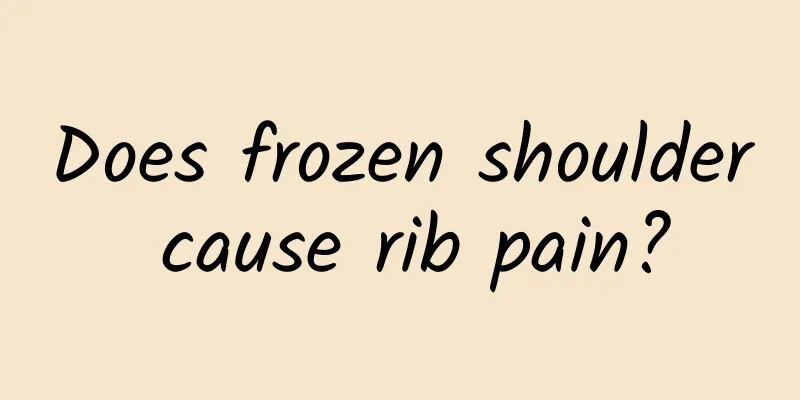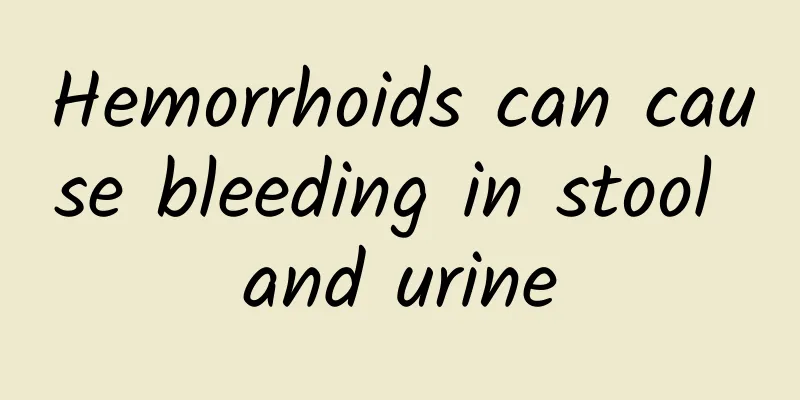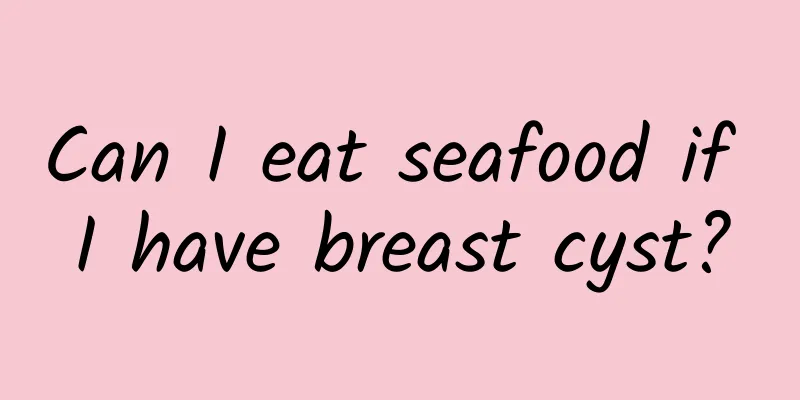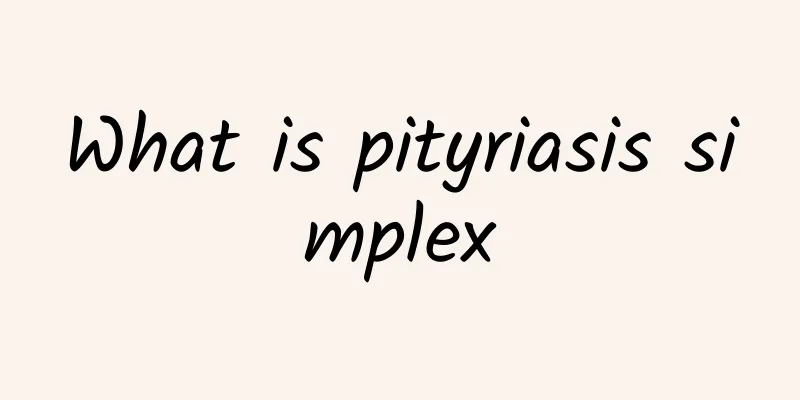What are the symptoms of gallstones and how to treat them
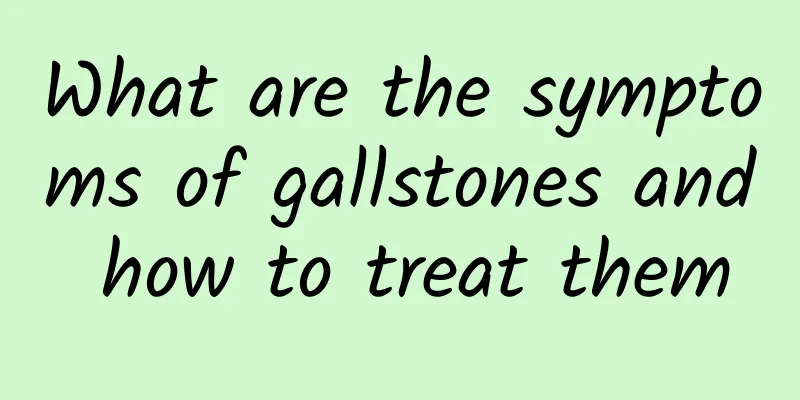
|
Common symptoms of gallstones include severe abdominal pain, indigestion, nausea and vomiting, and jaundice. Seeking medical attention promptly is the best option. Gallstones refer to solid crystals formed in the gallbladder or bile duct, mainly cholesterol stones and pigment stones. These stones may block the biliary system and cause a series of symptoms. In severe cases, they may lead to acute cholecystitis and pancreatitis. Typically, the symptoms of gallstones vary depending on the size and location of the stones. Some people may have no symptoms, while others experience sudden and severe abdominal cramping, especially after eating greasy foods. This pain usually occurs in the right upper abdomen and may spread to the back or under the right shoulder blade. Patients may also feel bloating, burping, belching frequently, or experience indigestion symptoms such as nausea and vomiting. If gallstones block the bile duct, it may cause an increase in bilirubin, which in turn leads to yellowing of the skin and whites of the eyes, a symptom of jaundice. There are many different ways to manage gallstones, depending on the severity of the condition and the patient's individual health. Watchful waiting is usually appropriate for patients with asymptomatic gallstones, with regular follow-up to prevent acute events. For patients with significant symptoms or health risks, surgical removal of the gallbladder, known as cholecystectomy, is the most common treatment. In recent years, minimally invasive surgeries (such as laparoscopic cholecystectomy) have become the mainstream choice because of their less trauma, faster recovery, and fewer complications. For some patients who are not suitable for surgery, such as the elderly, frail, or those with serious comorbidities, doctors may recommend medical lithotripsy or extracorporeal shock wave lithotripsy. In order to prevent gallstones or reduce the recurrence of symptoms, it is very important to maintain a healthy lifestyle. Pay attention to a light diet, reduce the intake of high-fat and high-cholesterol foods, eat more fiber-rich fruits and vegetables, and maintain a balanced nutritional structure. Controlling weight and exercising regularly can also have a positive effect on improving bile circulation and reducing stone formation. If you experience severe abdominal pain or other related symptoms, it is recommended to go to the hospital in time to obtain professional medical advice and treatment. |
<<: What are the differential diagnoses for gallstones?
Recommend
What should you pay attention to in your diet for gallstones?
In terms of diet for gallstones, you need to pay ...
Can perianal abscess heal on its own?
Perianal abscesses are generally difficult to hea...
Postoperative care for thyroid cancer
Postoperative care for thyroid cancer should focu...
What is synovitis?
Synovitis is an inflammation of the synovium of a...
How to recover from cerebral aneurysm bleeding
The key to recovery after cerebral aneurysm hemor...
What symptoms does rheumatoid arthritis cause?
Rheumatoid arthritis is a chronic inflammatory di...
Symptoms of bone hyperplasia
Osteophyte is a degenerative joint disease caused...
Causes of atlas displacement
The causes of atlas displacement include genetics...
Where does ankylosing spondylitis cause pain? 6 painful places with ankylosing spondylitis
Ankylosing spondylitis is a chronic inflammatory ...
What factors are related to the occurrence of gallstones
The occurrence of gallstones is related to many f...
Symptoms of congenital heart insufficiency
Congenital heart insufficiency usually leads to h...
Can macula be cured by injection?
Can fundus injections cure macular degeneration? ...
Symptoms and dangers of gallstones
Symptoms and dangers of gallstones Typical sympto...
What kind of gallstones do not need treatment?
Asymptomatic and small gallstones usually do not ...
Can I eat red dates and peanuts if I have breast cysts?
Generally, you can eat red dates and peanuts in m...
